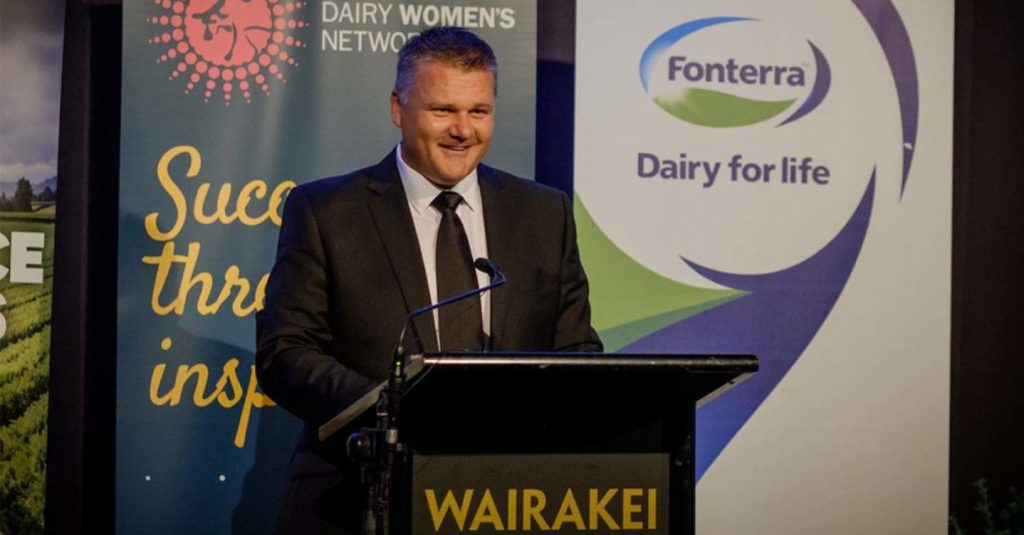
Robust demand for dairy commodities pushed the Global Dairy Trade (GDT) index to a fifth consecutive fortnightly auction gain, the biggest since the beginning of August.
After gaining 4.3% in the first November auction, the GDT index is only 3% below its freakish mark set in early March and the market is 25% above its long-run average.
The GDT price index is also 37% higher than November 2020.
Leaving aside that 15% one-event gain in March, the global dairy commodities market is now firmly and consistently as high as March 2013 to March 2014, after which Fonterra restricted its farm gate milk payout to $8.40/kg milksolids.
The milk price model indicated a true price over $9, but Fonterra had to trim the payout to avoid having to borrow to pay its farmers.
A possible Fonterra farm gate milk price ceiling has been raised again by Westpac senior agri-economist Nathan Penny, saying $8.50 may be near the upper limit.
He based that warning on the difficulties faced by Fonterra’s value-add businesses from high milk prices and the 2013-14 constraints on manufacturing the highest stream returns.
“Fonterra could cap the milk price to prevent losses in these other businesses,” Penny said.
Two weeks ago, Fonterra increased and narrowed its milk price forecast range to $7.90-$8.90, an effective 40c increase in the midpoint, from which its advance payments are calculated.
Chief executive Miles Hurrell says the current earnings guidance of 25c to 40c was still “comfortable”, thereby affirming that adding value remained profitable with the high commodity prices.
Echoing last March, cheese prices rose 14% in the latest GDT auction, followed by skim milk powder up 6.6%, butter and anhydrous milk fat up 4% and whole milk powder up 2.7%.
ASB economist Nat Keall says the futures market was very bullish and expected higher GDT results, but it was still impressive to see the GDT indicator gaining when it was already 25% above the long-run average.
“All WMP contracts gained ground at this auction, but the larger gains were for the latter-dated contracts, indicating buyers are still prepared to pay a premium to secure product well into the latter part of the season – and it’s not just the Chinese buyers,” Keall said.
“Even with a gradual ramping up in production, we expect the global dairy demand and supply balance over the remainder of the season will remain favourable for producers.
“The opening to the season has been strong and even if global prices fell by 20% tomorrow, farmers would still be looking at a farmgate price north of $8.”
ASB has a current prediction of $8.75 and Westpac is on $8.50.
NZX dairy insights manager Stuart Davison says buyer demand through the GDT auction was from all round the world, with the exception of North America.
“Last auction saw prices break out of recent ranges, but the current result shows prices searching for a far higher price range,” Davison said.
He also commented on the narrowing of the gap between WMP and SMP prices to US$300/tonne, saying it indicated buyers are prepared to chase after SMP at all costs, well aware of tighter global availability.
The NZX milk price forecast jumped 10c to $8.59, with a range of $8.46 to $8.88.
“This milk price forecast movement comes as no surprise, but we are getting to a point in the season where some confidence can be built into this forecast,” he said.

























